Imagine enduring and surviving the devastation of an earthquake, wildfire, hurricane or other natural disaster. Although your family has made it through what you believed to be the worst of the impacts, your mother, brother or grandparent has been hurt.
In such a scenario, would you know the basic first aid skills needed to help your family member while awaiting the likely delayed arrival of emergency personnel?
“A medical emergency can happen at any time, anywhere, and we know that the first seconds are the most important,” said Grace Meinhofer, regional communications and marketing director for the American Red Cross South Florida Region and U.S. Virgin Islands.
“People need to know at least first aid skills, perhaps how to perform CPR and how to use an automatic external defibrillator (AED),” Meinhofer told AccuWeather. “All of these are essential skills that could save a life.”

During a natural disaster, the quick response time of paramedics, emergency medical technicians and law enforcement can be hindered by a rise in the number of calls received or obstacles like floodwaters and debris blocking off roads.
In non-disaster situations, the average emergency response time for ambulances can be between six to nine minutes, according to California-based emergency medicine physician Dr. Petrina Craine.
“This can be prolonged in disaster situations, such as the flooding that we saw during Hurricane Katrina that physically prevented emergency medical service vehicles getting to the people [that needed help],” Craine told AccuWeather.
She recommended that the average person receive first aid training, even if they have no medical background.
“If you’re able to help support someone’s breathing, you can help maybe prevent irreversible brain death from the lack of oxygen that can happen even in minutes before emergency medical vehicles arrive,” said Craine, who added that some of her patients might have died had it not been for first aid.
“For many different reasons, their hearts stopped working, so they did not have a pulse and they were actually dead,” Craine said.
“Having bystanders that were able to do CPR or had access to an AED, which is a device that can shock the heart to help restart it, people who knew how to do that really made a big difference in the outcomes of some of my patients,” she said.
Essential first aid skills to learn
Useful first aid skills that could help save someone’s life during or after a natural disaster include the following:

“I think [people should learn] things such as what to have in a first aid kit; how to call 911, even in a stressful situation like a natural disaster; how to control potential life-threatening bleeding; how to help avoid potentially deadly changes in body temperature, especially for someone needing first aid in a very cold situation; how to support one’s breathing with life-saving positions; how to help treat burns; how to help someone that has drowned; and definitely CPR,” said Craine, who considers CPR one of the most important first aid skills a person can learn.
“I think having basic first aid skills is just as critical as having necessities like food and water,” she added.
How to receive first aid training
Book today with Canberra first Aid. See our upcoming courses at www.canberrafirstaid.com

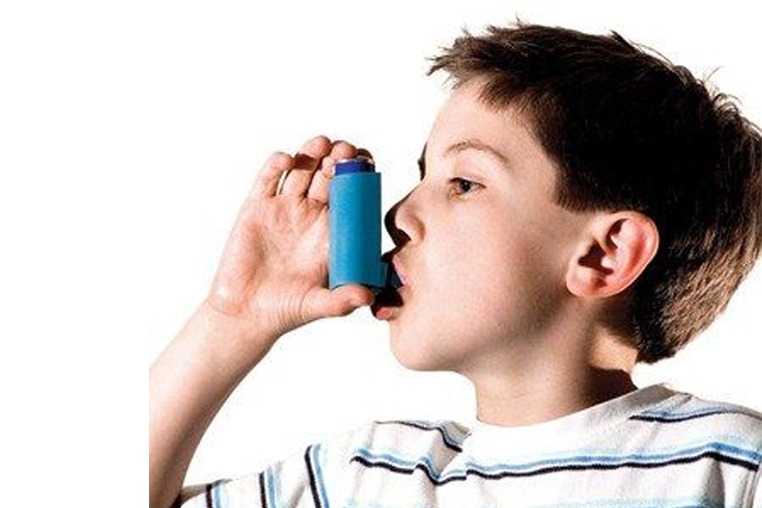

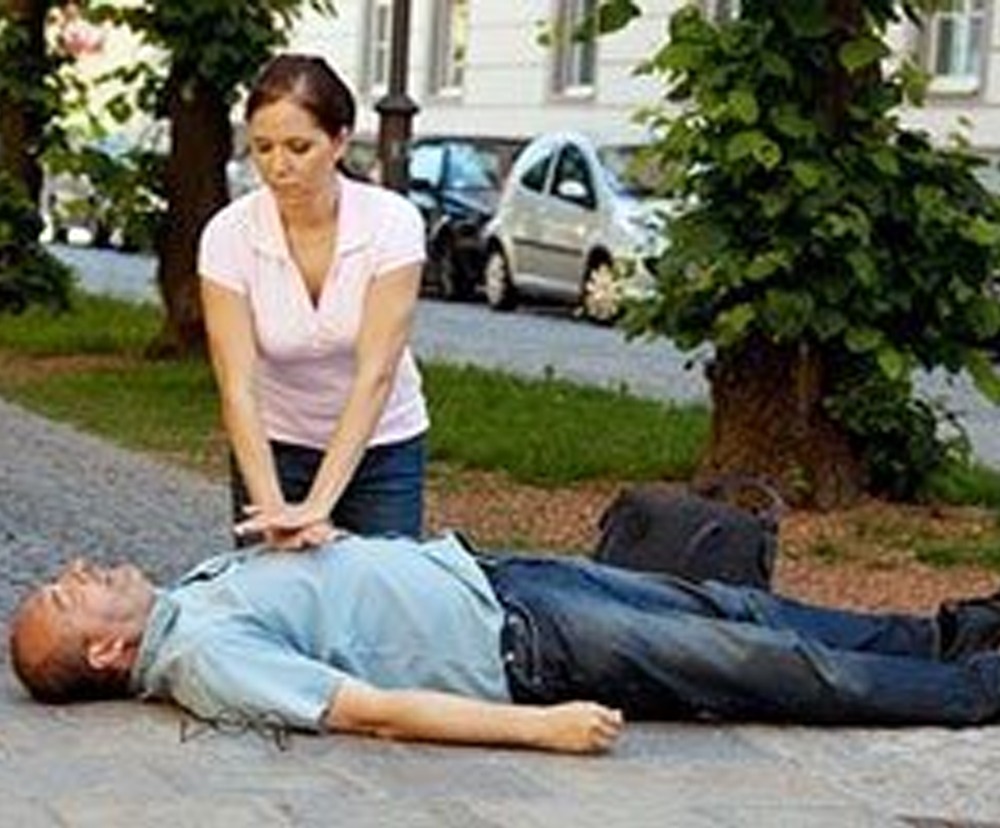
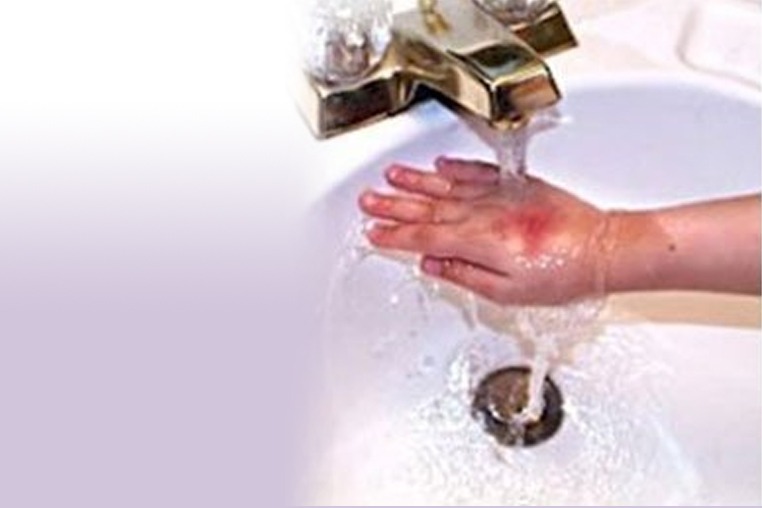
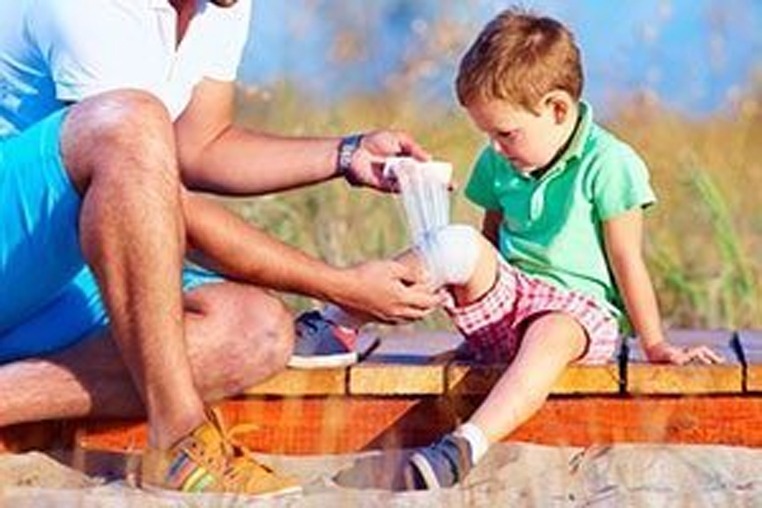
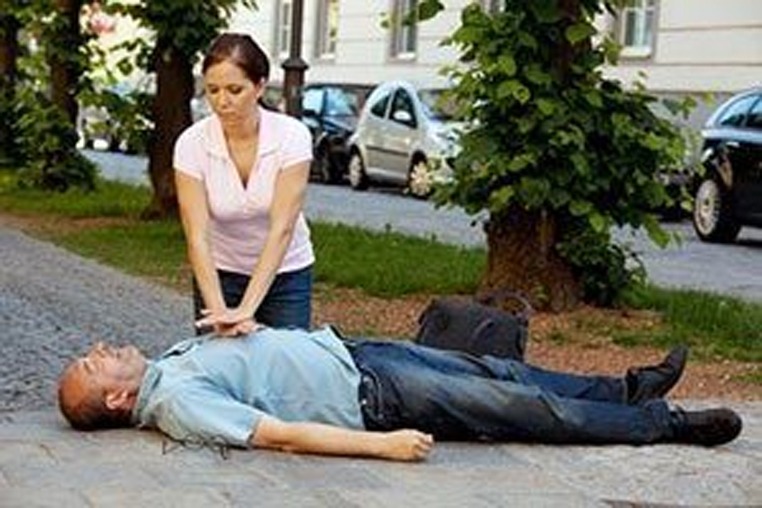

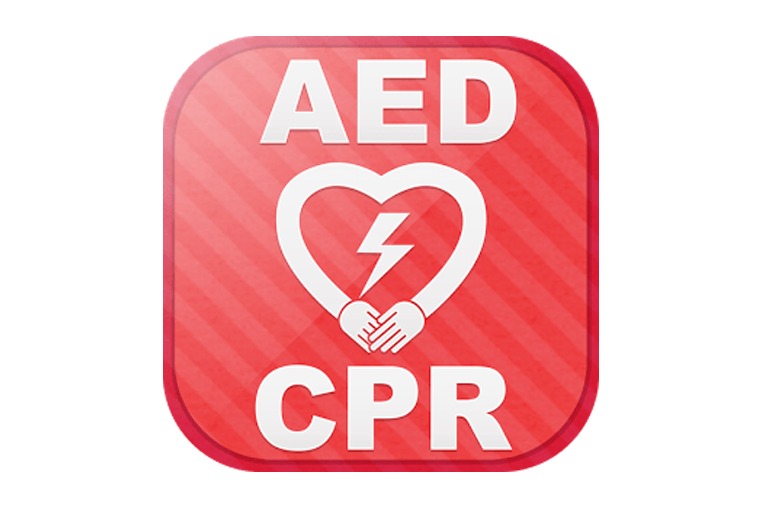

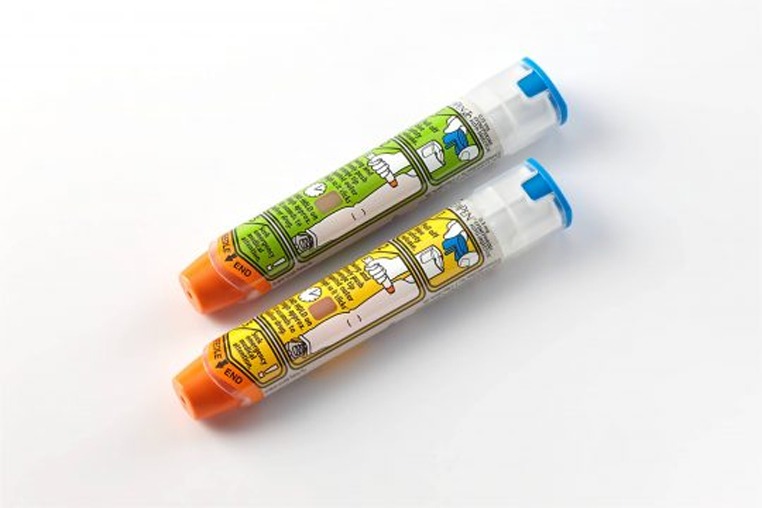
 Dr Giovanni Zurzolo says the Precautionary Allergen Label system should be regulated and standardised, rather than voluntary.
Dr Giovanni Zurzolo says the Precautionary Allergen Label system should be regulated and standardised, rather than voluntary.